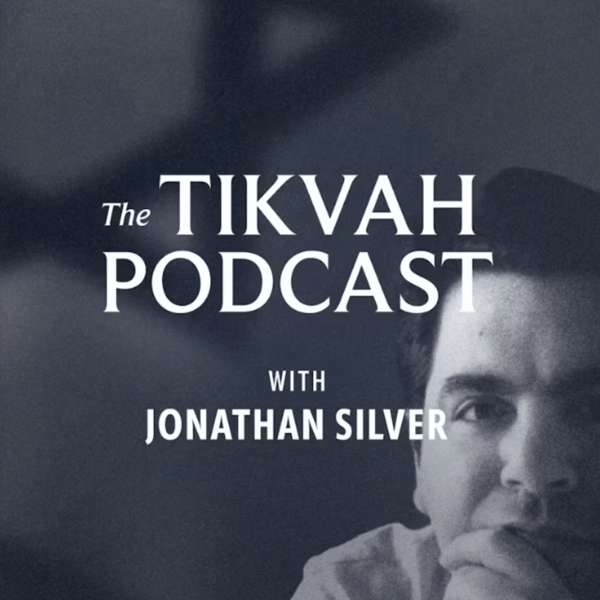Mohammed Alyahya on Two Competing Visions of Power in the Middle East
The Tikvah Podcast
Tikvah
4.6 • 620 Ratings
🗓️ 8 April 2021
⏱️ 29 minutes
🧾️ Download transcript
Summary
This week, the Biden administration officially began multilateral negotiations with Iran, in hopes of re-entering some form of the Joint Comprehensive Plan of Action, or the so-called Iran nuclear deal.
The debate over the deal is one of the most contentious in contemporary American foreign policy, and reveals a genuine conflict of visions. Supporters of the deal, including prominent officials in the Biden administration, tend to view the Middle East as consumed by an eternal conflict between the Sunni states of the Gulf, led by Saudi Arabia, and the Shia allies led by Iran. Opponents of the deal tend to think that the central regional faultline is not Shia Iran vs. Sunni Saudi Arabia, but instead the American-led alliance structure—including Saudi Arabia and Israel—against Iran and its regional proxies.
That’s the view of this week’s podcast guest, Mohammed Alyahya, the editor of Al Arabiya's English edition. He, who is based in Dubai and grew up in Saudi Arabia, explains the central paradigms at the heart of Middle East politics, and he outlines what the Biden administration should and shouldn't do when confronting Iran and the threat it poses to America and the regional order.
You can read a full transcript of this podcast here. Musical selections are drawn from the Quintet for Clarinet and Strings, op. 31a, composed by Paul Ben-Haim and performed by the ARC Ensemble.
Transcript
Click on a timestamp to play from that location
| 0:00.0 | This week, the Biden administration's representatives in Vienna officially began |
| 0:12.9 | multilateral negotiations with Iran in order to reenter some form of the JCPOA, the so-called |
| 0:19.9 | Iran nuclear deal that was negotiated in the second term of the JCPOA, the so-called Iran nuclear deal, that was negotiated in the second |
| 0:23.3 | term of the Obama administration that Iran subsequently violated, and from which, during |
| 0:28.9 | the Trump administration, the United States withdrew. |
| 0:32.4 | America's being a party to the Iran nuclear deal is one of the most contentious questions |
| 0:37.1 | in our foreign policy debate. |
| 0:38.9 | It's not only that there's disagreement about what to do. |
| 0:42.2 | It's one of those questions that puts into relief a fundamental conflict of visions |
| 0:47.3 | about the very questions at stake. |
| 0:49.0 | As you'll hear in today's conversation, supporters of the deal, |
| 0:52.6 | including prominent officials in the Biden administration, |
| 0:56.0 | tend to have a picture of the Middle East in their head, in which the main cleavage is between |
| 1:01.1 | the Sunni states of the Gulf, led by Saudi Arabia, and Shia allies led by Iran. They seek to |
| 1:07.3 | orchestrate a kind of European balance of powers. Today's guest will explain why |
| 1:12.0 | dimensioning the region that way may seem well-intentioned, may on the surface be plausible, |
| 1:17.2 | but though well-intentioned and perhaps plausible, it is nevertheless wrong. Welcome to the Tikva |
| 1:22.1 | podcast. I'm your host, Jonathan Silver. There's another view of the Middle East, according to |
| 1:27.1 | which the main cleavage |
| 1:28.3 | is not Shia-Iran versus Sunni Saudi Arabia, but instead the American-led alliance structure, |
| 1:34.4 | including Saudi Arabia, and of course Israel, that is day after day, week after week, |
| 1:39.6 | year after violent year, attacked by Iran and its regional proxies. |
... |
Please login to see the full transcript.
Disclaimer: The podcast and artwork embedded on this page are from Tikvah, and are the property of its owner and not affiliated with or endorsed by Tapesearch.
Generated transcripts are the property of Tikvah and are distributed freely under the Fair Use doctrine. Transcripts generated by Tapesearch are not guaranteed to be accurate.
Copyright © Tapesearch 2025.

